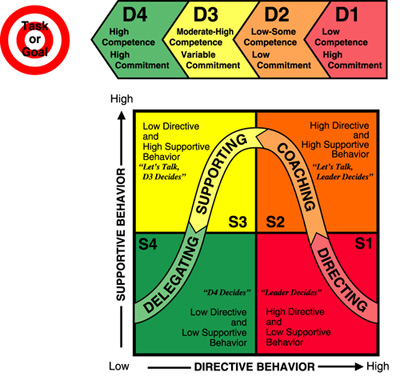
At the 2010 AASLH conference in Oklahoma City I made a point of visiting the Oklahoma City National Memorial & Museum. The Memorial embodies the "power of place." The exhibition stresses the terrifying life changes that took place in the instant that the horrific bombing occurred on April 19, 1995. Segments of the ruins are on display as well as reproductions. These are not fragile objects but sturdy reminders of the explosion and the community's response. Yet photographs were not permitted in any part of the exhibition space.
It's a given that taking pictures of the people affected and impacted by the bombing would be insensitive, but memorials exist to help us all to remember. If there is no danger of damaging objects, couldn't we expect that those who take photographs would later share their photos, their emotions, and their experience with others? And isn't the act of sharing the experience another way to tell the story and extend the impact of the visit?


The second stage of my trip included a visit to Springfield, Illinois, to explore the place where Abraham Lincoln lived, worked, and with Mary raised his children. I was excited to see the lauded new Abraham Lincoln Presidential Library and Museum. The crowds were large and well controlled, visitor flow was well conceived, and there was an air of a festival with bus groups, families, and senior citizens throughout--mechanically it worked. Exhibits were polished. There were plenty of reproductions and contrived scenes like a log cabin and an unexpected entire room for the funeral bier.
I watched families try to engage their children, amid horseplay and childhood teasing and realized the kids were bored. The high tech stuff captured their attention in spurts, but not in depth. Unfortunately, I was ready to be impressed but was not.
And no photos were allowed here either.

Across the street from the Museum is the State House where Lincoln served in the state legislature. Nearby is his law office. These were the spaces that Lincoln strode and where he shaped the ideas and ideals that he would carry with him to the Presidency. And then there was our last stop--a visit to Lincoln's home.

A Park Service Ranger welcomed each arriving visitor on our tour. He was especially attentive to a little girl intent on completing her junior ranger worksheet. He guided us through the streets and, as we stepped into the house, he set the tone by conveying his own sense of awe and gratitude to work in such a place. Being in Lincoln's house, holding the handrail Lincoln held every day was something special for him every day. When the little girl asked if she could take a picture, the ranger responded. "Yes, absolutely yes."

He took my breath away when he continued, "We want you to take lots of pictures and look at them often. We hope you will remember everything about being in Mr. Lincoln's house and your visit to his home in Springfield."
The juxtaposition of these experiences got me thinking. Our museums and historic sites hold 501(c)3 IRS designations as nonprofits. In exchange they are expected to provide something of value--something that the public needs and wants. We honor that public trust when we serve up relevance and make the visitor experience memorable.
So, why no photographs? Why not allow people to build on their memories?
There are some good reasons. Object conservation first, then there are issues of intellectual property, donor and lender restrictions and agreements, copyrights, revenue, and reproduction rights. And we've all been in galleries or historic properties where a flashing camera can catapult us back to the present of the 21st century. It's a disturbing interruption to an experience that is meant to transport us to another time and place.
This topic of photography has become part of the debate on the visitor experience, relevance, and accessibility in museums. Some museums are leading the way and now permit photographs including the Metropolitan Museum of Art, the Museum of Modern Art, the Museum of Arts & Design, and the Rubin Museum of Art, and a growing number of other organizations. So, there is movement on this front. (For more on the debate about allowing photography in museums, read David Rau's HRC post
"To Click or Not to Click: How do YOU Answer this Question?") or go to the
Seattle Art Museum's post on the subject.
It is time for history museum boards and staff to rethink their policies and consider the best ways to engage visitors as well as to protect their collections. That would be a start.


























